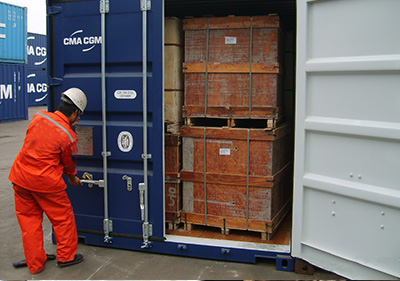Mobile:+86-311-808-126-83
Email:info@ydcastings.com
impeller paddle
The Evolution and Importance of Impeller Paddle Technology
In the realm of fluid dynamics and material processing, impeller paddles play a pivotal role in various industrial applications. As components of mixing and agitation systems, they have developed into indispensable tools for ensuring effective and efficient fluid movement. This article delves into the evolution of impeller paddle technology, its various applications, and its significance in modern industries.
Understanding Impeller Paddles
At its core, an impeller paddle is a rotating device that facilitates the mixing of liquids or slurries through agitation. These paddles can vary in shape, size, and configuration, each designed for specific applications ranging from chemical processing to food production. The primary function of an impeller paddle is to impart energy into the fluid, thereby enhancing the mixing process. This energy transfers kinetic energy to the fluid, leading to a homogenous mixture and efficiently transporting materials as required.
Historical Development
The use of paddles in fluid mechanics can be traced back to ancient civilizations where they were primarily used in agricultural and milling applications. Early designs were rudimentary, consisting of simple blades attached to a rotational shaft. As technology progressed, so did the design and materials of impeller paddles. The Industrial Revolution marked a significant turning point; scientists and engineers began to understand the principles of fluid dynamics better, leading to the incorporation of mathematical models in the design of impeller systems.
As industries evolved, especially with the onset of the chemical and pharmaceutical sectors, the need for precision in mixing applications increased. This led to the development of various impeller designs tailored to specific tasks, such as turbine impellers for high flow rates and paddle impellers for gentle mixing of shear-sensitive products.
Types of Impeller Paddles
Impeller paddles come in numerous configurations, each serving different needs. Some common types include
1. Turbine Impellers These are characterized by a series of blades that create turbulence and are ideal for high-speed mixing applications. Commonly used in industrial settings, turbine impellers are effective in applications requiring a high degree of agitation.
impeller paddle

2. Paddle Impellers Designed to blend materials gently, paddle impellers are perfect for thick liquids and slurries. They provide a wider thrust area, which helps in minimizing shear stress on delicate materials.
3. Helical Impellers With a twisted blade design, helical impellers facilitate smooth fluid movement and are effective in encouraging flow in viscous liquids, proving vital in the food and pharmaceutical industries.
4. Anchor Impellers These are used for very thick materials and are designed to scrape the walls of the vessel, ensuring uniform mixing throughout the tank.
Applications Across Industries
The applications of impeller paddles are extensive and diverse. In the pharmaceutical industry, for example, precise mixing is crucial for drug formulation and ensuring the efficacy of the final product. Here, high-shear impellers are often employed to maintain consistency and uniformity.
In the food and beverage sector, paddle impellers are employed in processes such as emulsification, blending, and homogenization. The gentle mixing capability of these paddles ensures that the integrity of the ingredients is preserved, which is essential in producing high-quality consumables.
Moreover, in wastewater treatment facilities, impeller paddles are integral to the aeration process, where they help in promoting the breakdown of organic matter through effective mixing and aeration.
The Future of Impeller Paddle Technology
As industries continue to innovate and demand more efficient solutions, the design and technology surrounding impeller paddles will likely evolve. Advances in materials science may lead to lighter and more durable impellers with enhanced operational efficiency. Moreover, the integration of smart technology, such as IoT sensors, could enable real-time monitoring and optimization of mixing processes, providing a way to fine-tune operations and reduce waste.
In conclusion, impeller paddles are more than just mixing devices; they are critical components that enhance productivity, efficiency, and quality across various sectors. As technology progresses, these seemingly simple tools will continue to play an essential role in shaping the future of numerous industries, driving innovations that ensure our modern needs are met effectively.
-
Why Should You Invest in Superior Pump Castings for Your Equipment?NewsJun.09,2025
-
Unlock Performance Potential with Stainless Impellers and Aluminum End CapsNewsJun.09,2025
-
Revolutionize Your Machinery with Superior Cast Iron and Aluminum ComponentsNewsJun.09,2025
-
Revolutionize Fluid Dynamics with Premium Pump ComponentsNewsJun.09,2025
-
Optimizing Industrial Systems with Essential Valve ComponentsNewsJun.09,2025
-
Elevate Grid Efficiency with High-Precision Power CastingsNewsJun.09,2025











